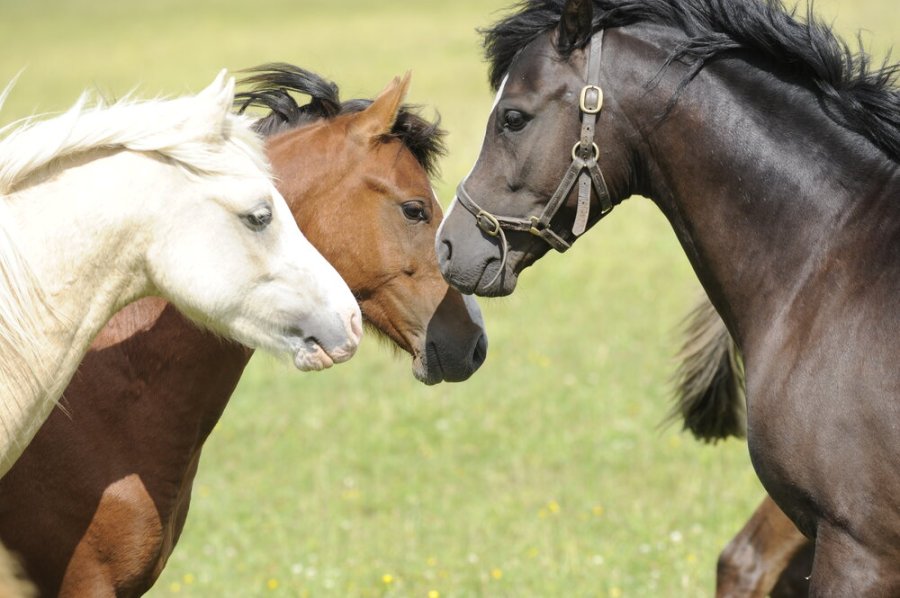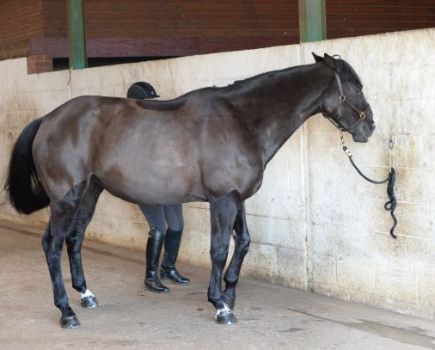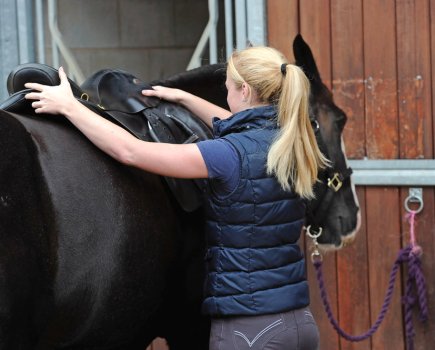Whether you’re bringing a new horse home or moving him to a different yard, both require an introduction to a new herd. Behaviourist Jessie Sams explains the science behind herd dynamics and how to ease your horse into an unfamiliar group.
Behavioural considerations
It’s important to recognise that the chief problem when introducing new horses to a herd is aggression, and the space to escape it.
When horses are forced to compete for a high-value resource, such as hay, aggression is heightened and fights can be more intense. This is especially true if space is limited.
This means that we need to think of the amount of space available, the number and arrangement of the existing herd, access to resources — such as hay, water and shelter — and all the horses involved.
Assessing herd dynamics
Many people begin to assess herd dynamics in horses by evaluating the dominance within the group, but there is no evidence for a rigid dominance hierarchy within domestic herds.
As well as looking at antagonistic behaviours within a herd, it’s also important to take into account the role of friendly interactions. Recent research into the subject has shown that horses tend to form smaller groups of two or three individuals.
These smaller groups will spend time in closer proximity, engage in mutual grooming, move in synchrony together, and share resources even where these feedstuffs are limited.
Gradual introductions
- The introduction should be gradual and attempted only after a quarantine period.
- Try stabling new field mates next to or opposite each other before putting them out together in the field. Schooling or hacking them together is also beneficial.
- Putting the new horse in a field next to the existing herd is also a great introduction.
- Having a companion acts as a social buffer, so introducing the new individual to one or two horses who are calm may help both the newcomer and the existing horses.
- Provide opportunities for the new horse to explore the area without other horses in the field.
- Rugs should be avoided as they interfere with mutual grooming and social interactions.
- Keep in mind the facilities and resources available. Allowing at least 330m2 per horse will reduce incidences of aggression.
- Offer at least one pile of hay per horse, with the piles widely distributed. More than one source of water should be available.
In a perfect world, the new horse shouldn’t be introduced to the existing herd until there is evidence of friendly behaviours, such as mutual grooming or grazing in close proximity in the next field. All horses should be monitored for stress during this time.
Provided that care is taken, it’s rare that introducing a new horse to a herd fails, but in the event of an introduction being unsuccessful, changes to group make up, extra space and management alterations usually solve the problem.
Don’t miss the latest issue of Your Horse Magazine, jam-packed with training and veterinary advice, horse-care tips and the latest equestrian products, available now.









